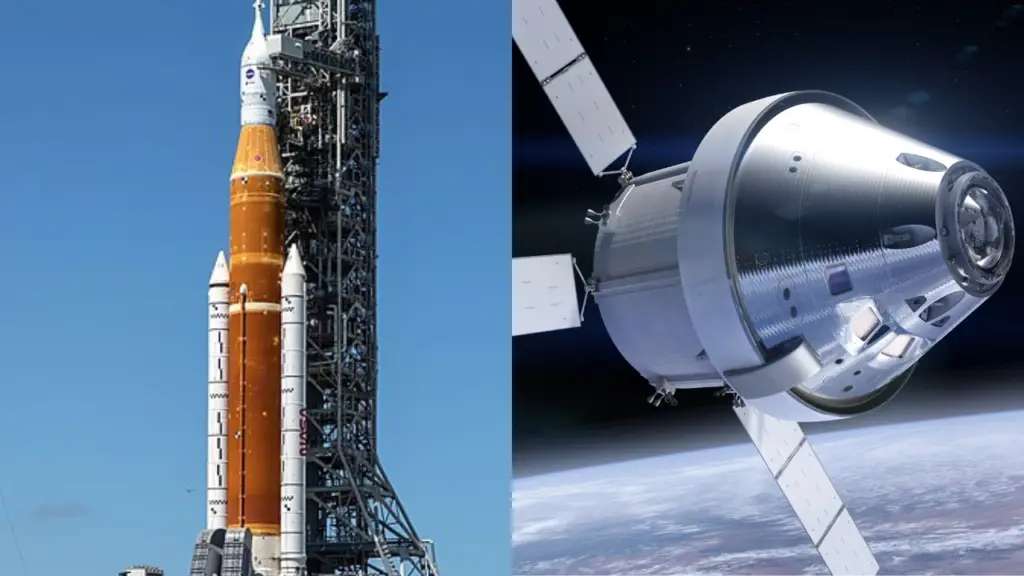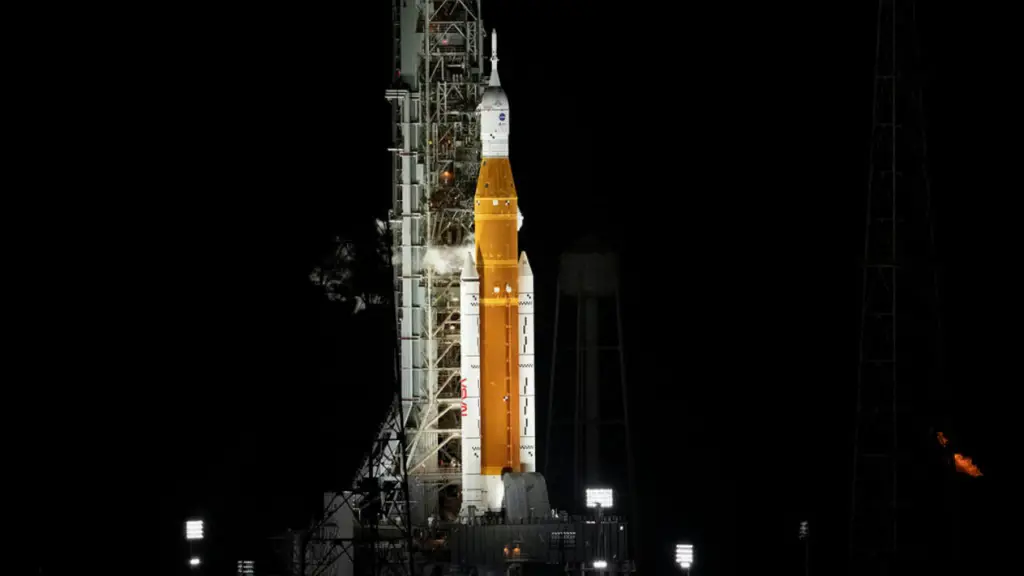If NASA must return the glory of humanity to the lunar surface, the American space agency needs a sophisticated space vehicle to attain such a milestone. With the success attained by SpaceX, NASA is confident in entrusting the commercial aerospace company with the second contract option for the Artemis moon landing mission in 2027.
In April 2021, NASA officially announced its partnership with SpaceX in developing the next-generation Starship vehicle that will serve as the first crewed lunar lander to deliver humans to the moon during the Artemis 3 mission. NASA planned to land astronauts near the lunar south pole in 2025 during the Artemis 3 mission. The American space agency has already selected SpaceX starship for this mission.
With the Artemis lander vehicle assigned to SpaceX, NASA made a move to prepare for the Artemis 4 lander. The American space agency called for proposals from other companies looking forward to providing crewed landers for Artemis 4 lander mission in September 2022. NASA intends to get the best from its future lunar exploration program. Hence, it allowed other companies to bid for this project excluding SpaceX, as they are already working on a project.
However, on Tuesday, November 15, NASA officials opted for Option B by selecting SpaceX to design a Starship that will carry astronauts to the moon on the Artemis 4 mission which is planned to commence in 2027. The newly assigned contract was awarded to SpaceX as a contract modification to meet NASA’s requirements for long-term human exploration of the moon. This implies that SpaceX will be providing a second crewed landing starship for the demonstration mission in 2027. NASA is planning this demonstration mission as part of NASA’S Artemis IV mission. If all goes as planned, NASA and SpaceX will be collaborating for a longer-term crewed exploration on the lunar surface.
“Returning astronauts to the Moon to learn, live, and work is a bold endeavor. With multiple planned landers, from SpaceX and future partners, NASA will be better positioned to accomplish the missions of tomorrow: conducting more science on the surface of the Moon than ever before and preparing for crewed missions to Mars,” said NASA Administrator Bill Nelson.
Why did NASA choose SpaceX for the Second moon landing mission?
SpaceX suffered great setbacks during its early years of active operations. After recording a series of failed launch attempts, the American commercial aerospace company succeeded and built sophisticated space vehicles that suddenly revolutionized space exploration. In fact, NASA and other space agencies have come to entrust SpaceX with crewed space missions to the International Space Station and back home to Earth.
NASA knew that sending humans to the moon require a more sophisticated space vehicle to attain such a milestone. Hence, the space agency decided to collaborate with SpaceX on its moon landing missions. NASA has already entrusted SpaceX with numerous space missions in the past. From the look of things, the future of the partnership between SpaceX and NASA is looking quite promising.
The recent contract was awarded to SpaceX under Option B modification. This modification is following an award to SpaceX in July 2021 which falls under the Next Space Technologies for Exploration Partnerships-2 (NextSTEP-2) Appendix H Option A contract. NASA has earlier announced its intention to stick with the Option B contract modification with SpaceX which was valued at about $1.15 billion.
“Continuing our collaborative efforts with SpaceX through Option B furthers our resilient plans for regular crewed transportation to the lunar surface and establishing a long-term human presence under Artemis,” said Lisa Watson-Morgan, manager for the Human Landing System program at NASA’s Marshall Space Flight Center in Huntsville, Alabama. “This critical work will help us focus on the development of sustainable, service-based lunar landers anchored to NASA’s requirements for regularly recurring missions to the lunar surface.”
The primary goal for this new project under Option B is to build a sophisticated starship lunar lander that will meet NASA’s sustaining requirements for Artemis 3 missions and beyond. This starship will be sophisticated enough that it will dock with the Lunar Gateway, provide accommodating space for four astronauts, and transport more mass to the lunar surface.
NASA intended to work with SpaceX on these future Artemis missions. However, the space agency has opened other solicitations under the NextSTEP2 Appendix P for other capable U.S. space commercial companies to compete. These solicitations include the development of additional human landing systems both for uncrewed and crewed demonstration missions. These demonstration missions will explore the lunar orbit and its surface.
However, Astronaut Moon Landers have remained an essential part of NASA’s deep space exploration goals. The American space agency is also looking forward to the role the Space Launch System Rocket, Orion Spacecraft, spacesuits, ground systems, rovers, and Gateway will play in returning the glory of humanity to the moon before the end of this decade.
NASA is looking forward to sending new lunar science instruments and sophisticated technologies to conduct demonstration studies on the moon. The American Space Agency is looking forward to landing the first woman and first person of color on the moon during its Artemis 3 mission. Through this mission, NASA is looking forward to establishing a long-term presence on the lunar surface. From there, NASA may consider sending humans to Mars and beyond.
Conclusion
NASA successfully launched its Artemis 1 rocket in November. This milestone marked the beginning of the Artemis space program. The outcome of the Artemis 1 mission will determine when NASA will commence with Artemis 2 before proceeding to Artemis 3 and 4 using SpaceX starships. We should all look towards the success of the Artemis space program, as NASA plans to return humans to the moon, and commence with the mission to Mars in the future. What do you think about NASA returning Humans to the moon under its Artemis Space Program?




